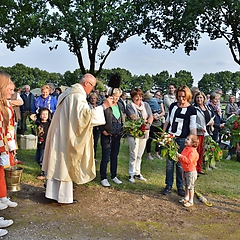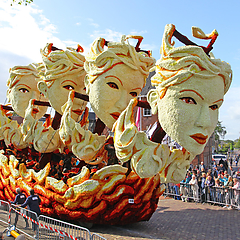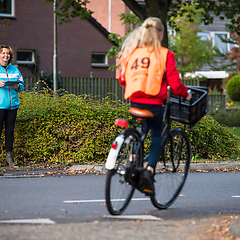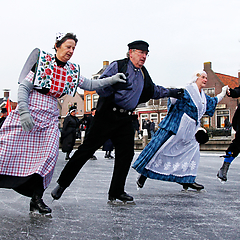Through morse one can communicate. The signals of the morse code, which are intermittently transmitted, represent letters, punctuation marks and numbers. The code can also be received, of course. It consists of dots and dashes, dits and dahs that are heard at reception. The code is decoded and thus a written document is constructed. Morse signals can be sent out in various manners, for instance as an audio signal. A radio signal is switched on and off for this purpose. The signals can be transmitted as an electric pulse through a telegraph wire. They can also be sent out mechanically, as visible signal, for instance with a signal lamp. Nowadays only radio amateurs use the morse code to communicate with each other. At radio competitions radio amateurs try to establish as many contacts as possible with each other, within a certain predetermined time-stretch. One communicates not only about techniques then, but also about private matters. There are radio amateurs who are in contact with each other every day to exchange the latest news facts.



